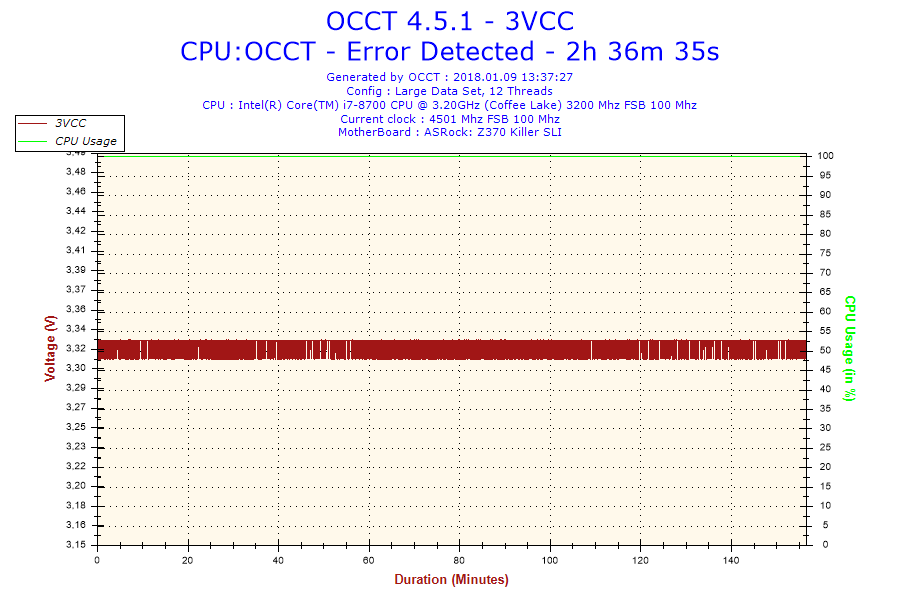

We used the following components for this cluster: The cluster was connected to two separate physical networks. The same cluster was configured as both a bare metal HPC cluster and as a virtual cluster running VMware vSphere.įigure 1 shows a representative network topology of this cluster. Dell Power Edge R640 is a 1U dual socket server with Intel® Xeon® Scalable processors. To evaluate the performance of these tightly coupled HPC applications, we built 16-node HPC cluster using Dell PowerEdge R640 vSAN Ready nodes.
#Intel burn test results 38 gflops code
Examples of tightly coupled HPC workloads include computational fluid dynamics (CFD) used to model airflow in automotive and airplane designs, weather research and forecasting models for predicting the weather, and reservoir simulation code for oil discovery. These applications consist of parallel processes (MPI ranks) that leverage multiple cores and are architected to scale computation to multiple compute servers (or VMs) to solve the complex mathematical model or scientific simulation in a timely manner. Our team evaluated tightly coupled HPC applications or message passing interface (MPI) based workloads and observed promising results. The team also tuned the physical and virtual infrastructure to achieve optimal virtual performance and share these findings and recommendations. With this in mind, the engineers at the Dell Technologies HPC & AI Innovation Lab and VMware conducted a performance study to compare the performance of running and scaling HPC workloads on dedicated bare metal nodes to a vSphere 7-based virtualized infrastructure.
#Intel burn test results 38 gflops software
Alternatively, virtualization abstracts the underlying hardware and adds a software layer that emulates this hardware. Most people tend to run their HPC workloads on dedicated hardware, which is often composed of server compute nodes that are interconnected by high-speed networks to maximize their performance. In addition to providing resiliency and redundancy for the virtual nodes, virtualization offers the flexibility to quickly instantiate a secure virtual HPC cluster. While most HPC applications are run on bare metal servers, there has been a growing interest to run HPC applications in virtual environments. Performance is one of the most important features of HPC. High Performance Computing (HPC) involves processing complex scientific and engineering problems at a high speed across a cluster of compute nodes.


 0 kommentar(er)
0 kommentar(er)
